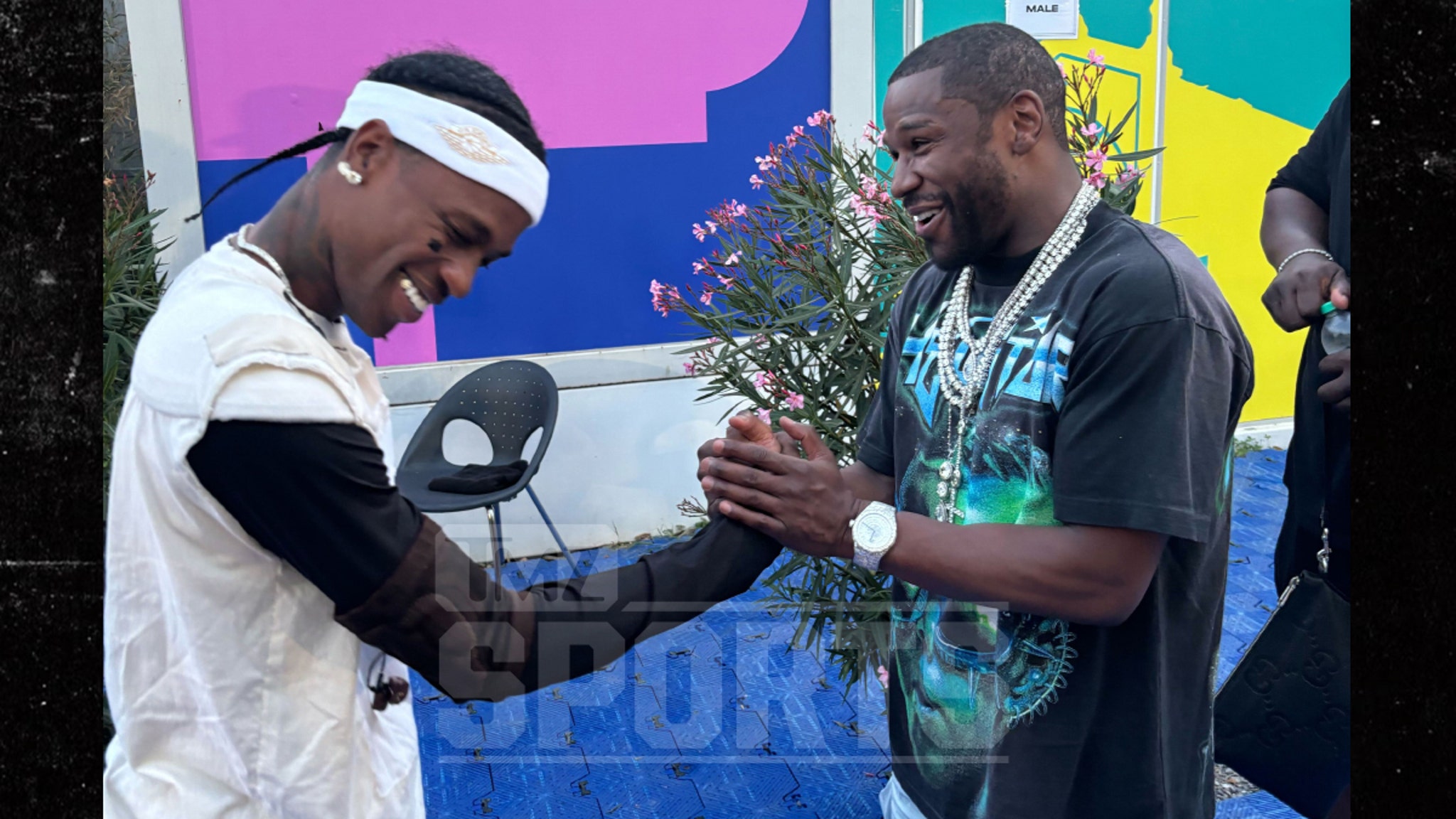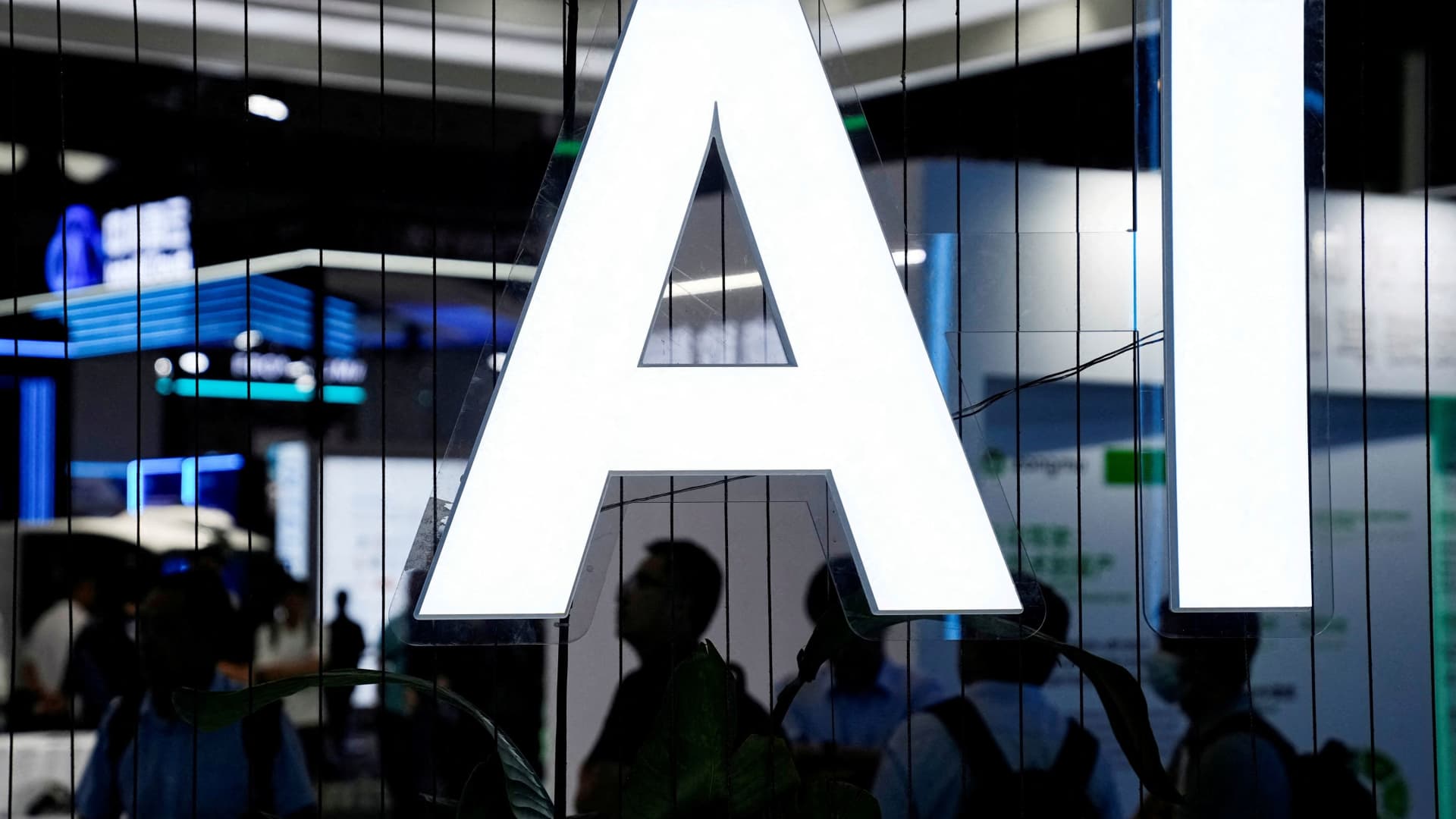The McDonald’s logo is displayed at a McDonald’s restaurant in Burbank, California, on July 22, 2024.
Mario Tama | Getty Images
Subway started phasing out its $5 footlong sandwiches a decade ago. But these days, other fast-food chains have revived the $5 price point, hoping to win over customers who have cut back their spending.
As many restaurant companies prepare to report their second-quarter results, investors are expecting to hear that diners are visiting their locations less frequently and that sales have turned sluggish, with few exceptions such as Chipotle. In the hopes of lifting their results for next quarter, chains such as McDonald’s, Taco Bell, Burger King and Wendy’s have unveiled or revived meal deals with a $5 price tag.
McDonald’s said it is seeing traffic increase as a result, although Wall Street is not expecting a big sales bump from the promotions.
Fast food typically fares better than the broader industry during economic downturns. But the last several years of price hikes have led many consumers to conclude that fast food just is not a good deal anymore. More than 60% of respondents to a recent LendingTree survey said they have cut back their fast-food spending because it is too expensive.
Runaway menu prices have scared off many fast-food customers, including those in the low-income bracket who make up a sizable chunk of the sector’s customer base. Sensing diners’ fast-food backlash, players such as Brinker International’s Chili’s have used their marketing to highlight their own value relative to the cost of a fast-food meal. Casual-dining chains have taken some market share from the fast-food sector, Darden Restaurants CEO Rick Cardenas said in June.
“It’s the war for the less affluent customer,” said Robert Byrne, senior director of consumer research for Technomic, a restaurant market research firm.
That change in consumer behavior has also scared away Wall Street. Shares of McDonald’s, Burger King parent Restaurant Brands International and Wendy’s have all slid by double digits this year. Taco Bell owner Yum Brands is down more than 1% in 2024. Meanwhile, the S&P 500 is up 14%.
“The sense among investors is that the second quarter is probably going to be one to forget — you’re going to see a lot of large chains probably miss consensus [estimates],” KeyBanc analyst Eric Gonzalez told CNBC.
McDonald’s is expected to report its second-quarter earnings on Monday, while Wendy’s is slated to announce its results on Wednesday. Restaurant Brands and Yum Brands are expected to report their quarterly earnings the following week.
Can value meals fuel bigger purchases?
A sign advertises meal deals at a McDonald’s restaurant in Burbank, California, on July 22, 2024.
Mario Tama | Getty Images
Generally, fast-food chains tend to focus their discounts and value meals on the first quarter, when consumers are trying to save their dollars after the holiday season and stick to New Year’s resolutions. As temperatures rise, so do restaurant sales, and operators usually do not need to rely on deals to bring in customers.
But this summer is different. Fast-food chains need discounts to fuel traffic — and sales growth.
“The fact is that restaurants are running out of space to take more price on their menus,” Byrne said.
But the value meals are not only about growing traffic.
“It’s also about converting the consumer who’s coming for the deal to a higher-ticket consumer by introducing other add-ons or other things that they might do,” Byrne said. “The risk is that they don’t.”
Without convincing customers to add a milkshake or another entrée to their order, the discounts ding profits and become unsustainable in the long run. That is a big worry for investors who are already skeptical that chains will not see the traffic bump they are hoping for.
“The value menus rolled out toward the end of the quarter. There’s just a fear that it’s not going to get any better, and it’s going to be a race to the bottom,” Gonzalez said.
Subway’s $5 footlong presents its own cautionary tale. Although the deal was popular with customers, it outstayed its welcome with operators, eroding their profits and compounding other issues with the brand, such as sales cannibalization from its massive footprint. That led to restaurant closures, angry operators and years of searching for a new way to bring back customers.
Franchisee skepticism
Investors are not the only ones skeptical about the promotions — so are franchisees, who often push back against discounts because they hurt their profits.
Franchisees have also gained more power to resist parent companies’ deal strategies in recent years. Many franchisees are larger these days, with more restaurants and sometimes even private equity money.
At McDonald’s, franchisees banded together to form the National Owners Association in 2018, rebelling against the burger giant’s unpopular discounts and plans for store renovations. Since then, the chain’s operators have fought back more against management’s plans.
An initial proposal of McDonald’s $5 value meal did not pass muster, so Coca-Cola chipped in marketing funds to make the deal more attractive to operators. Coke CEO James Quincey said on Tuesday’s earnings call that the beverage giant has seen weaker away-from-home sales in the U.S. as quick-service restaurants struggle. To boost demand, Coke is partnering with food-service customers to market food and drink combo meals, according to Quincey.
McDonald’s on Monday extended its value meal past its initial four-week window. Ninety-three percent of its restaurants voted in favor of the extension, executives wrote in a memo to the U.S. system viewed by CNBC.
The promotion is bringing customers back to its restaurants, according to both executives and foot traffic data. June 25, the launch day of McDonald’s $5 meal, drew 8% more visits than the average Tuesday in 2024 so far, according to a report from Placer.ai. The pattern repeated in the following days as the chain exceeded year-to-date daily visit averages. Placer.ai also found that discounts helped drive traffic to Buffalo Wild Wings, Starbucks and Chili’s.
In his quarterly survey of more than 20 McDonald’s franchisees, analyst Mark Kalinowski of Kalinowski Equity Research asked respondents what percentage of their sales were helped incrementally by the $5 meal deal. The average response was 1.3%.
“These responses may suggest that the $5 Meal Deal should be viewed as an initiative that may help prevent some customers from going elsewhere, as opposed to a big sales builder,” Kalinowski wrote Wednesday in a research note about the survey results.








